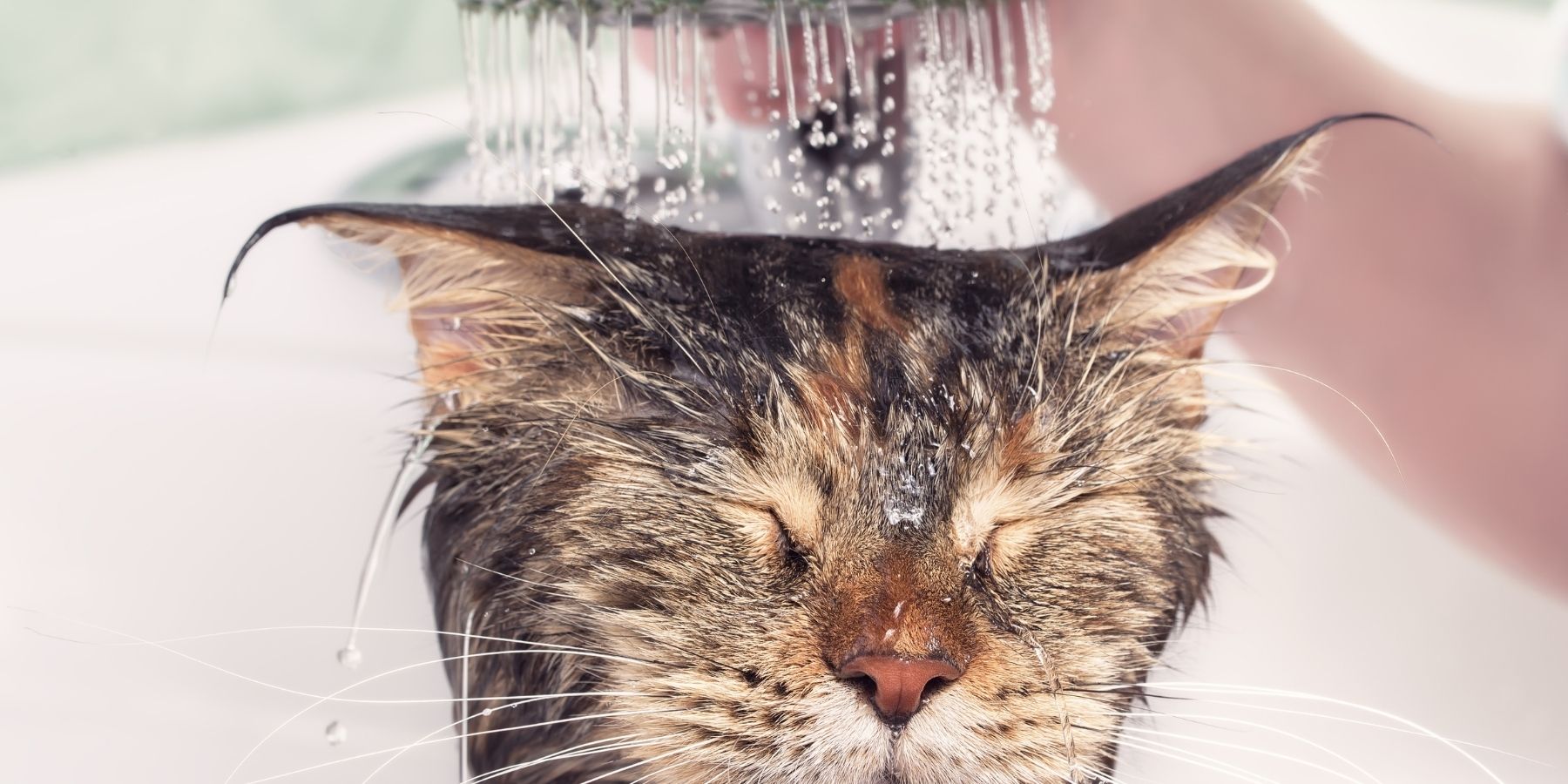You've successfully given your cat a flea bath, but your job isn't over yet. Post-bath care is crucial to ensure your cat stays healthy and flea-free. Let's explore some essential steps to take after the cat flea bath.
Assessing Your Cat's Condition
Immediately after the bath, it's important to check your cat's condition. Look for signs of stress or skin irritation, and ensure they are calm and comfortable.
Comforting Your Cat
Your cat may be stressed after the bath. Spend some time soothing them with gentle petting or their favorite treat.
Checking for Skin Irritation
Inspect your cat's skin for any redness or irritation caused by the flea bath. If you notice anything unusual, contact your vet.
Drying Your Cat Properly
A proper drying method is essential to prevent your cat from getting cold or developing skin problems.
Towel Drying
Gently towel-dry your cat. Avoid rubbing as it might irritate their skin.
Air Drying
If your cat tolerates it, allow them to air dry in a warm, draft-free area.
Using a Hairdryer
If using a hairdryer, keep it on a low setting and maintain a safe distance to avoid burns.
Post-Bath Flea Check
Even after a cat flea bath, it's possible for some fleas to survive. A thorough check is necessary.
Using a Flea Comb
Gently comb through your cat's fur with a flea comb to remove any remaining fleas or flea dirt.
Monitoring for Fleas
Keep an eye on your cat over the next few days for signs of fleas. If you notice more, consult your vet for further treatment.
Maintaining a Flea-Free Environment
Your cat's environment plays a significant role in preventing flea re-infestation.
Cleaning Bedding and Carpets
Wash your cat's bedding and vacuum carpets and furniture to remove any flea eggs or larvae.
Regular Cleaning
Maintain a regular cleaning routine to minimize the risk of fleas returning.
Ongoing Flea Prevention
Preventative measures can help keep your cat flea-free in the long term.
Topical Treatments
Discuss with your vet about using topical flea preventatives on your cat.
Flea Collars
Consider a flea collar as an additional preventative measure.
Regular Grooming
Regular grooming helps in early detection and prevention of flea infestation.
Additional Tips When Your Cat Despises Water
How to effectively give a cat flea bath when your cat despises water? The key lies in gradually introducing them to the bath with lukewarm water, coupled with patience and soothing words. You can learn more information from the guide for cat flea baths.
FAQs
Let’s answer some common questions to help you with post-bath care.
What if my cat is still itchy after the flea bath?
If itching persists, consult your vet. Your cat might have flea allergy dermatitis or other skin conditions.
Can I use flea powder or spray after the bath?
Consult your vet before using additional flea control products to avoid over-medication.
How do I dispose of dead fleas?
Dispose of them in a sealed bag or flush them down the toilet to prevent re-infestation.
Is it normal for my cat to lose some hair after a flea bath?
Some hair loss can be normal, but excessive shedding might indicate a skin problem.
How can I calm my cat down after a bath?
Create a calm environment, offer treats, and gently pet your cat to help them relax.
Conclusion
Post-bath care is as important as the flea bath itself. By following these steps, you can ensure your cat stays comfortable, healthy, and flea-free. Regular checks and preventative measures are key to keeping those pesky fleas at bay.


